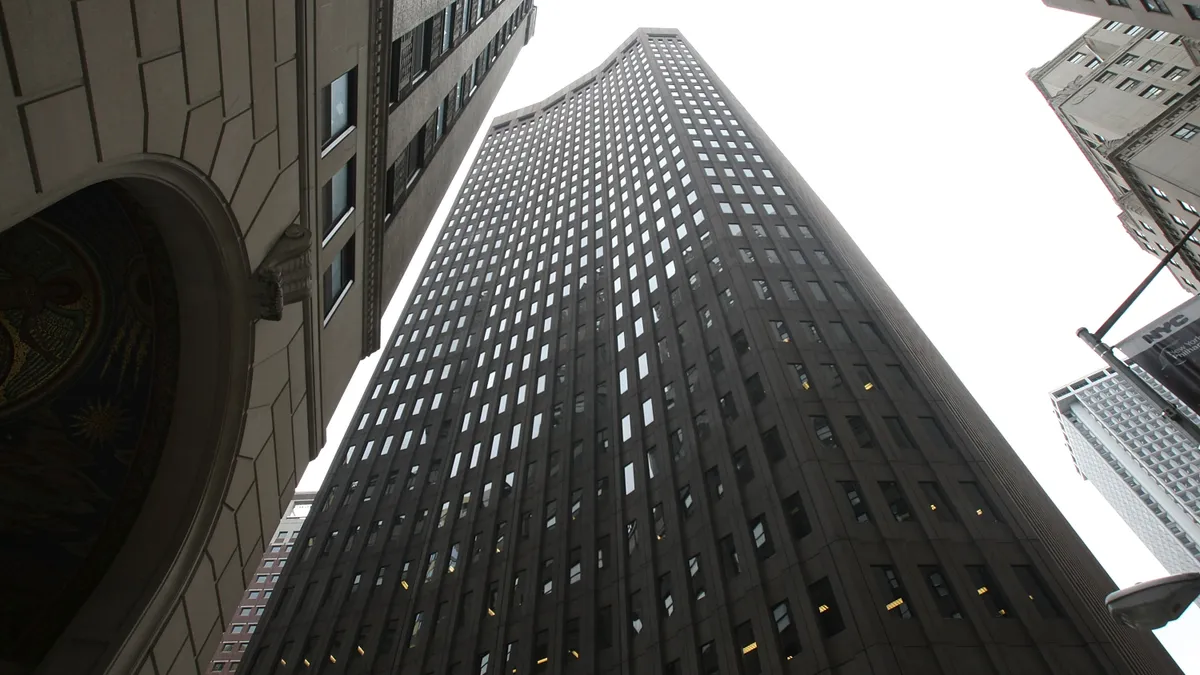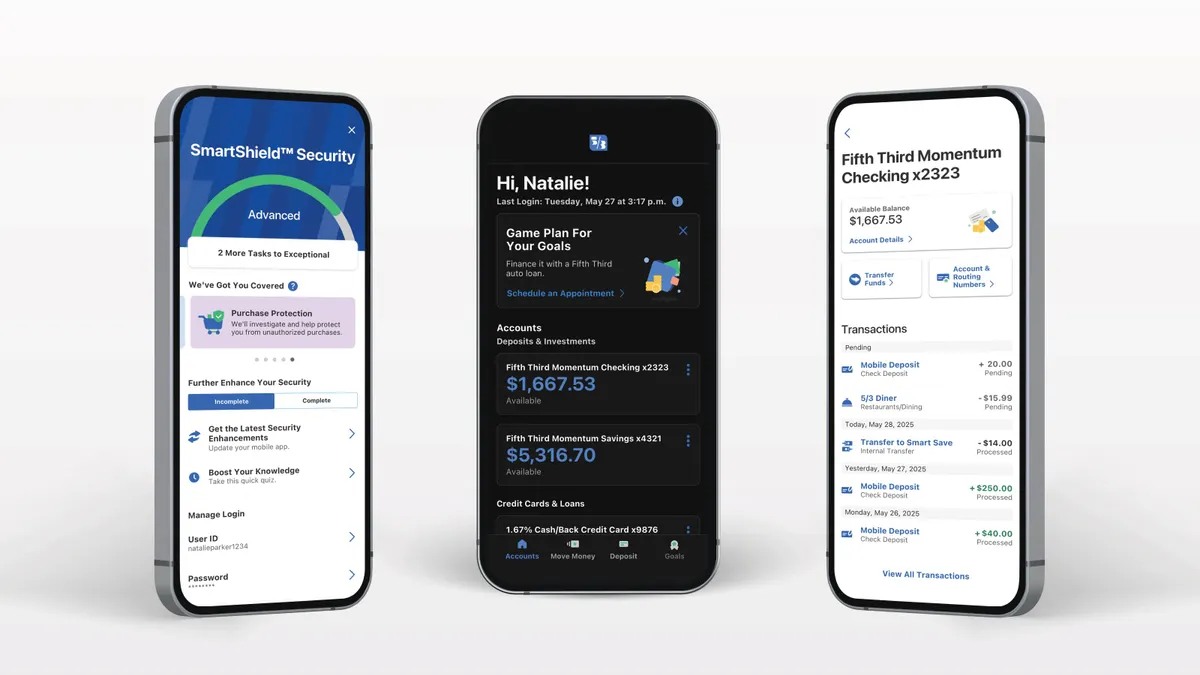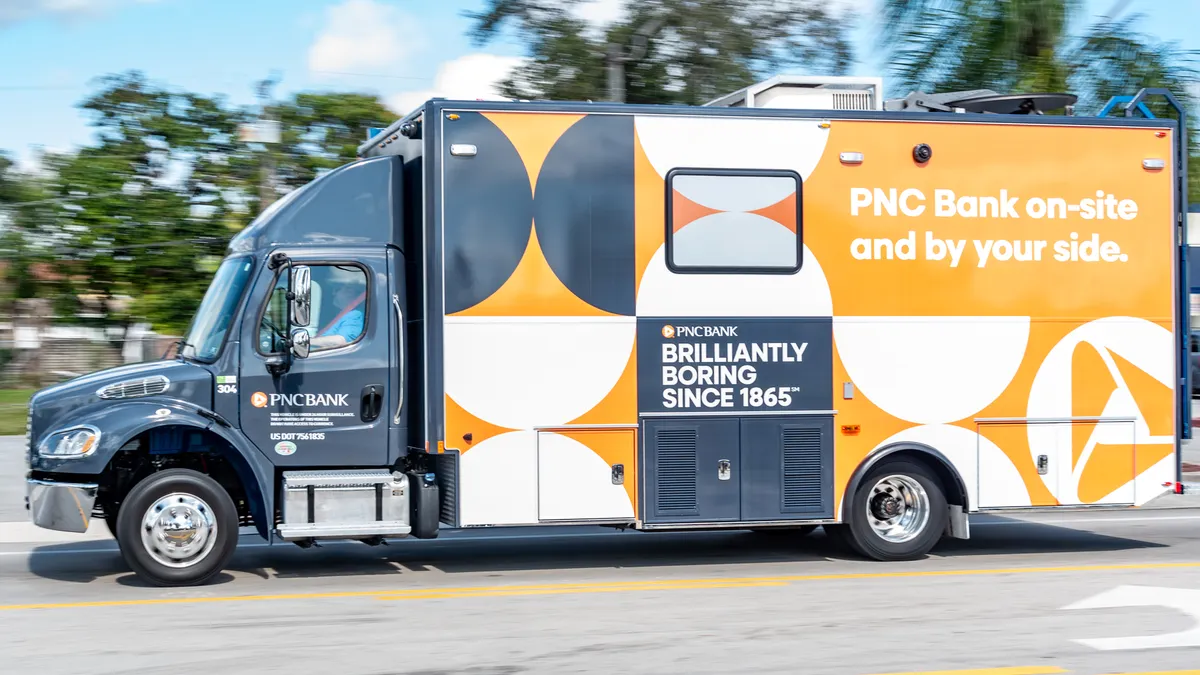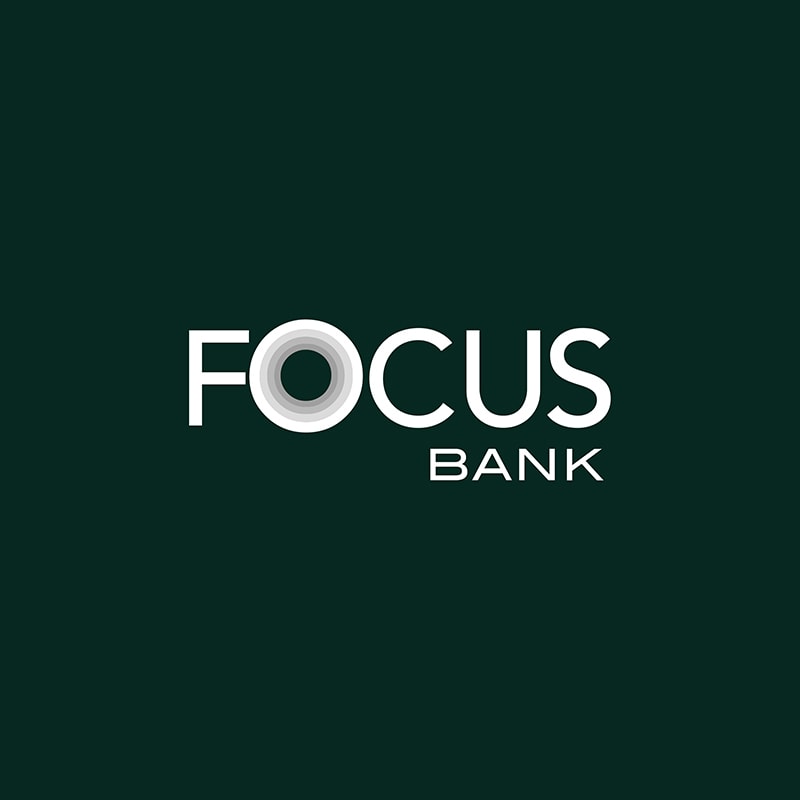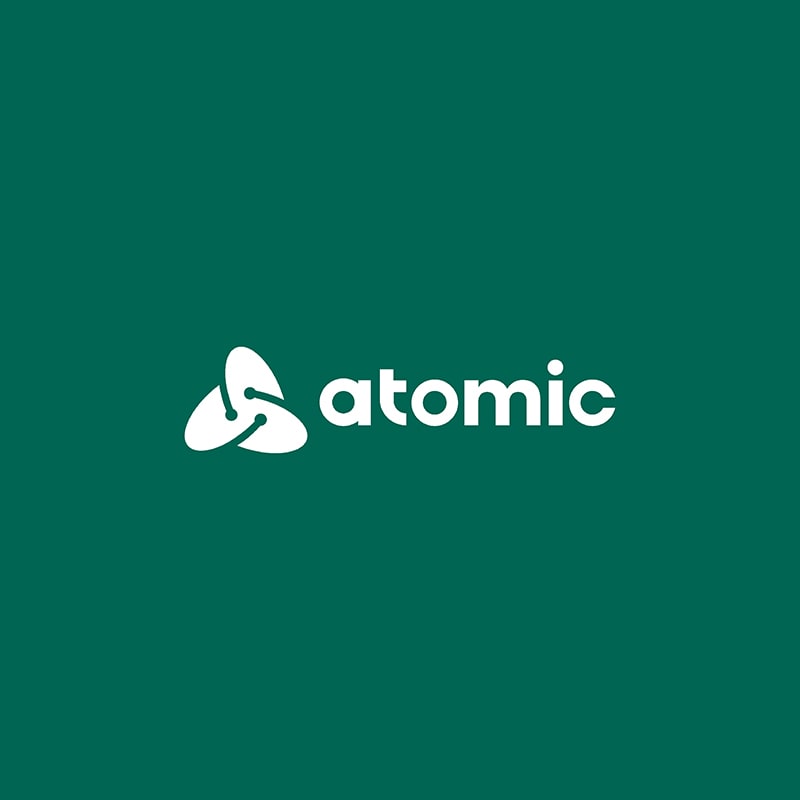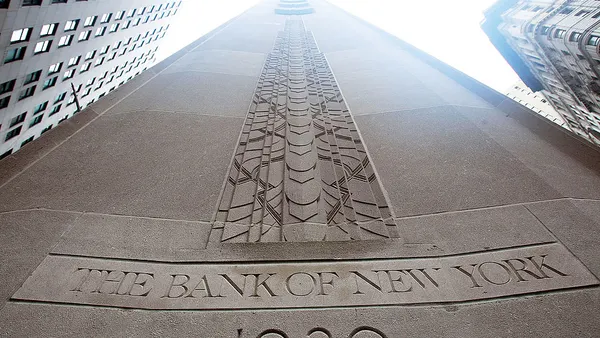Dive Brief:
- The New York Innovation Center (NYIC), a collaboration between the New York Fed and the Bank for International Settlements (BIS) Innovation Hub, is launching a new phase of research into its digital dollar project, according to a Tuesday press release.
- Citi, Wells Fargo, BNY Mellon, U.S. Bank, PNC Bank, TD Bank, Truist, HSBC and Mastercard are participating in the 12-week proof-of-concept trial, which will use simulated data in a test environment, the New York Fed said.
- The project will experiment with the concept of a regulated liability network and allow banks to simulate issuing digital currency depicting their customers’ funds before it settles through central bank reserves through a distributed ledger.
Dive Insight:
The project comes less than two weeks after the NYIC found, in a separate 12-week trial, that a simulated central bank digital currency (CBDC), in combination with digital ledger technology (DLT), could make cross-border payments faster and safer.
The NYIC will issue a report with a summary of the new experiment’s findings once the project is complete. The project, however, is not intended to endorse any specific policy outcome or influence any decisions regarding issuing a retail or wholesale CBDC, the NYIC said.
“The NYIC looks forward to collaborating with members of the banking community to advance research on asset tokenization and the future of financial market infrastructures in the U.S. as money and banking evolve," Per von Zelowitz, the NYIC’s director, said in a release Tuesday.
The project will involve simulating digital currency in U.S. dollars as issued by regulated institutions, the idea could be used for multicurrency operations and stablecoins, Bloomberg noted.
Raj Dhamodharan, Mastercard’s head of crypto and blockchain, told Bloomberg the project “could help shape how consumers and businesses view the credibility of token-based payments.”
Tony McLaughlin, managing director for emerging payments and business development at Citi, told the wire service that “projects like this, that focus on the digitization of central bank money and individual bank deposits, could be expanded to take a broader view of the opportunity.”
“Programmable U.S. dollars may be necessary to support new business models and provide a foundation to much-needed innovations in financial settlements and infrastructure,” McLaughlin said.



